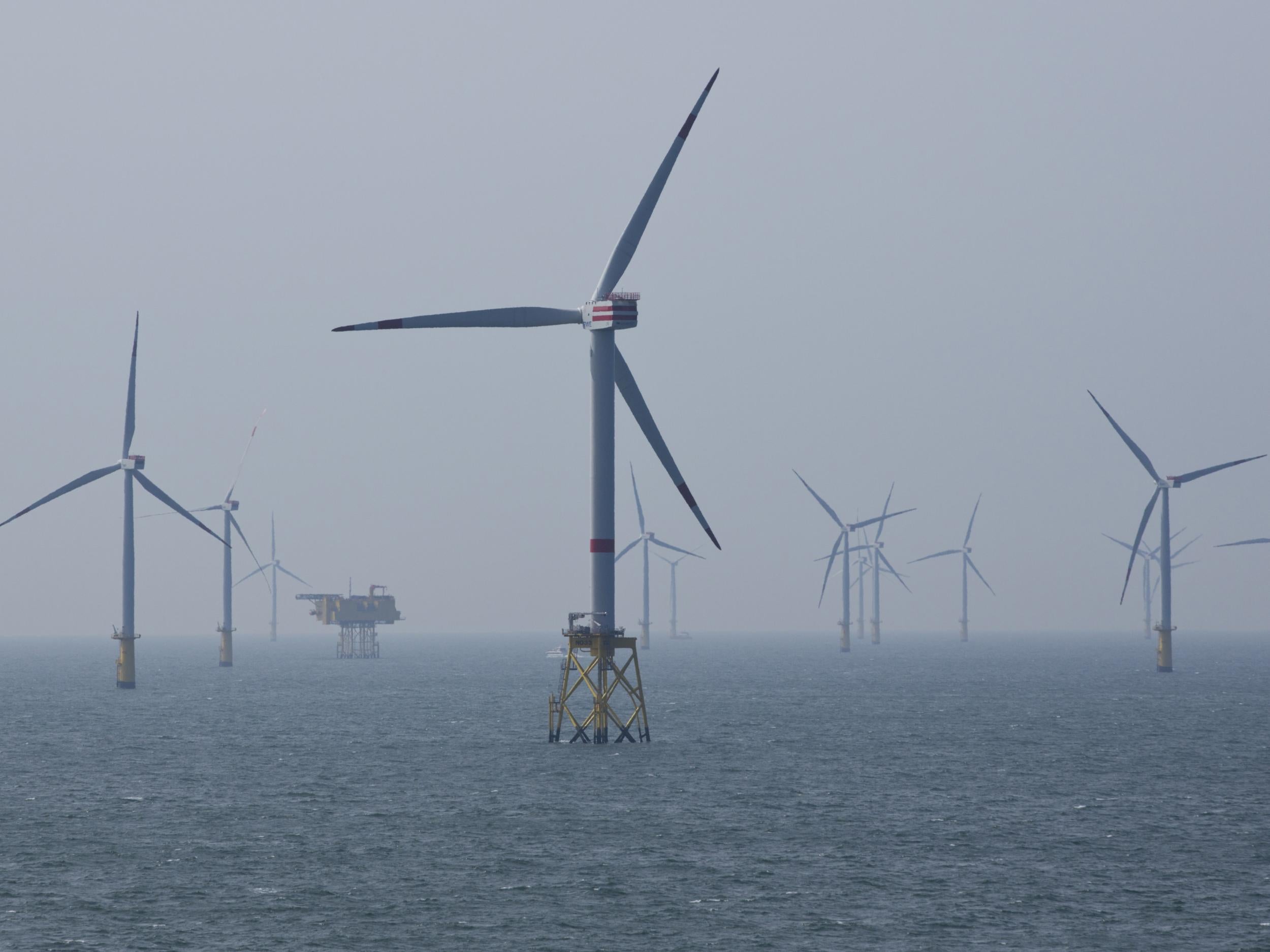Germany breaks green energy record by generating 35% of power from renewables in first half of 2017
Country aiming to phase out nuclear plants by 2022

Your support helps us to tell the story
From reproductive rights to climate change to Big Tech, The Independent is on the ground when the story is developing. Whether it's investigating the financials of Elon Musk's pro-Trump PAC or producing our latest documentary, 'The A Word', which shines a light on the American women fighting for reproductive rights, we know how important it is to parse out the facts from the messaging.
At such a critical moment in US history, we need reporters on the ground. Your donation allows us to keep sending journalists to speak to both sides of the story.
The Independent is trusted by Americans across the entire political spectrum. And unlike many other quality news outlets, we choose not to lock Americans out of our reporting and analysis with paywalls. We believe quality journalism should be available to everyone, paid for by those who can afford it.
Your support makes all the difference.Germany raised the proportion of its power produced by renewable energy to 35 percent in the first half of 2017 from 33 percent the previous year, according to the BEE renewable energy association.
Germany is aiming to phase out its nuclear power plants by 2022. Its renewable energy has been rising steadily over the last two decades thanks in part to the Renewable Energy Act (EEG) which was reformed this year to cut renewable energy costs for consumers.
Germany has been getting up to 85 percent of its electricity from renewable sources on certain sunny, windy days this year.
The BEE reported on Sunday the overall share of wind, hydro and solar power in the country's electricity mix climbed to a record 35 percent in the first half.
The government has pledged to move to a decarbonised economy by the middle of the century and has set a target of 80 percent renewables for gross power consumption by 2050.
It aims to cut greenhouse gas emissions by 40 percent in 2020 from 1990 levels and 95 percent by 2050.
Reuters
Join our commenting forum
Join thought-provoking conversations, follow other Independent readers and see their replies
Comments